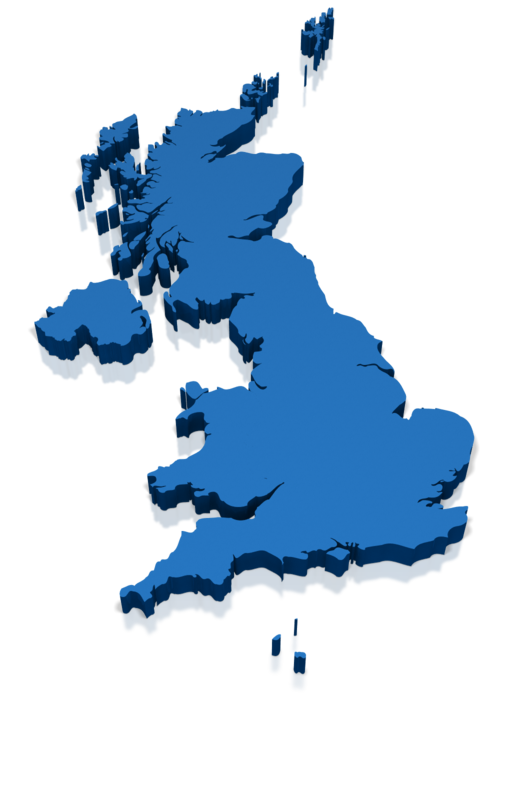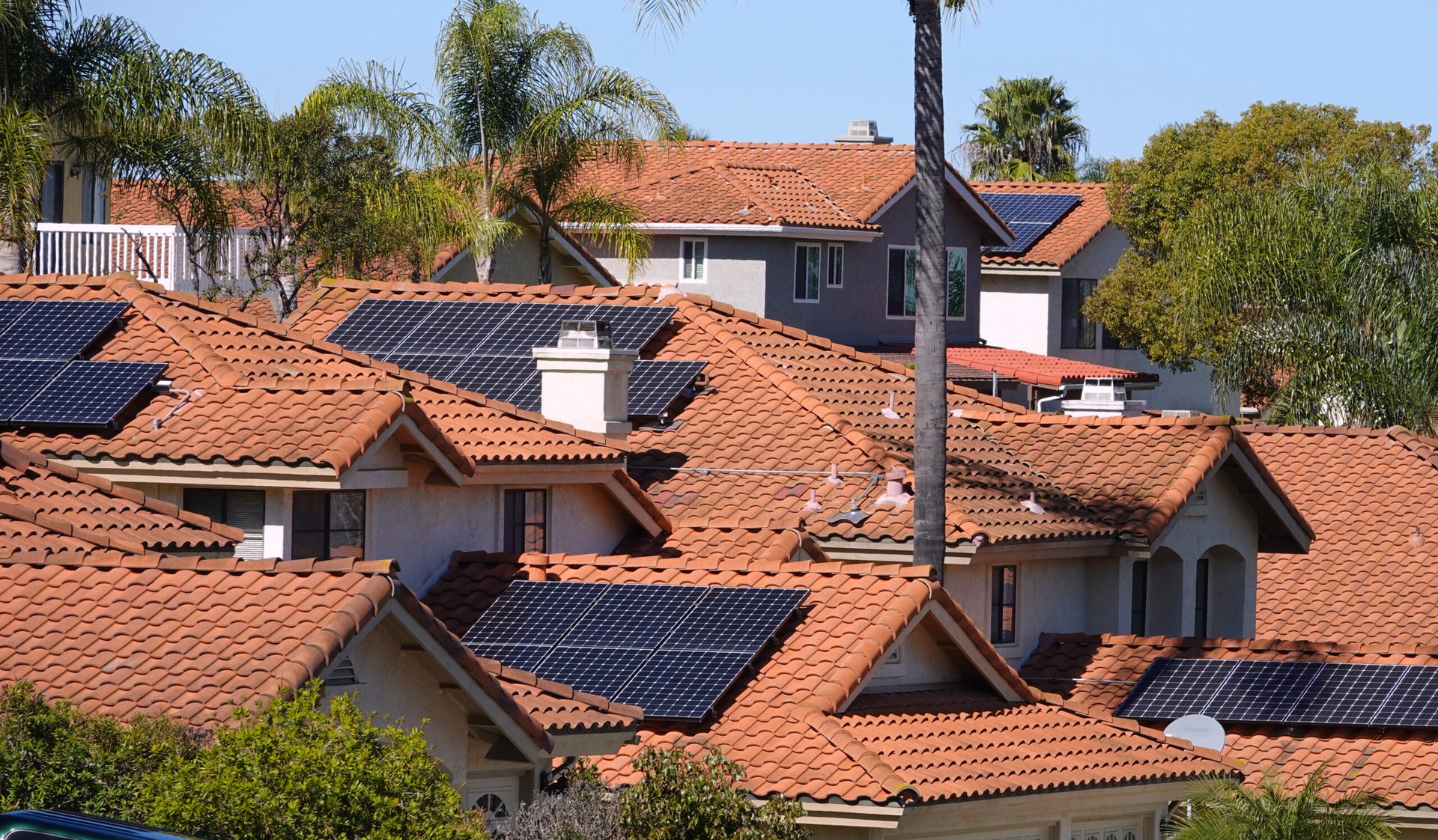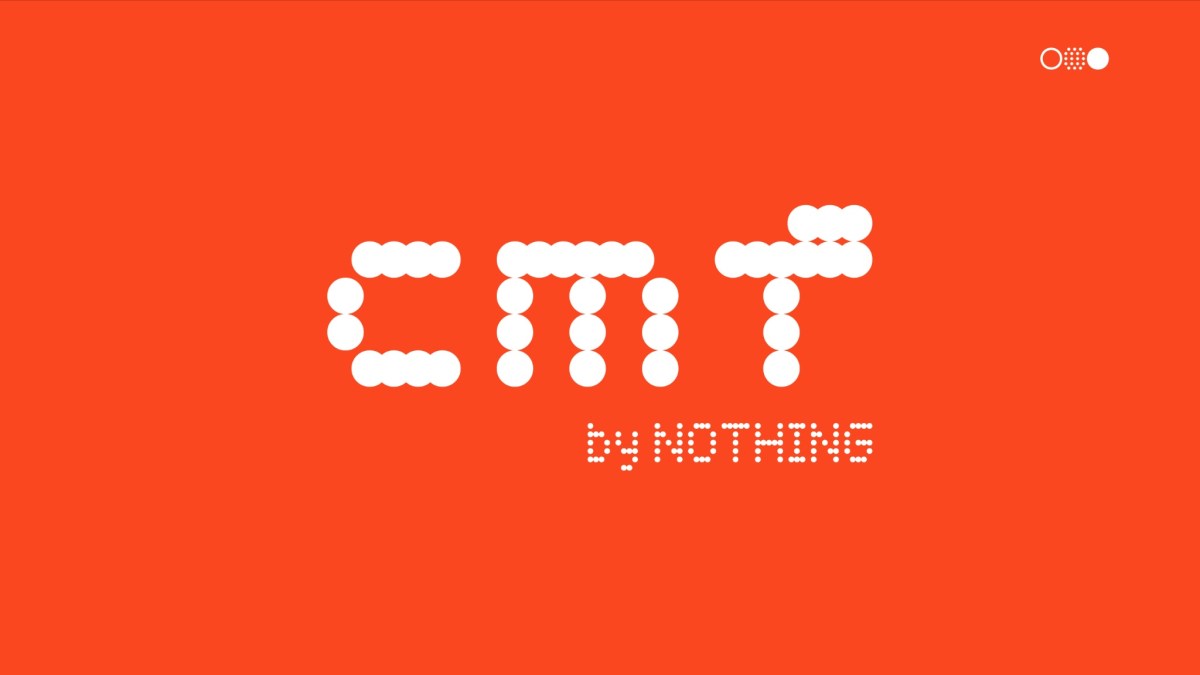This translates into Rs 36,418 crore of gross non-performing assets – an all-time high. This is despite significant write-offs of very sticky loans by lenders as a balance-sheet cleaning exercise.
The portfolio at risk (PAR) for over 30 days has also risen to 14.5% of the Rs 3 lakh crore total portfolio. PAR 30+ was at 13.1% at the end of March 2022, data released by Microfinance Institutions Network (MFIN) showed.
“The rising NPA is largely due to the stress on the restructured loans,” the chief executive at a microfinance company said. “About 30-40% of the restructured loans defaulted at the end,” he said.
The change in NPA classification rule is another reason behind the rise, another chief executive said. The central bank said that loan accounts classified as NPAs may be upgraded as `standard assets’ only if the entire arrears of interest and principal are paid by the borrower. Earlier, NBFCs used to classify such loans as `standard’ on part repayment.
Portfolio at risk for over 30 days means interest on those loans are not repaid even after 30 days of due date. The PAR 30+ ratio was highest for banks at 20.9% while it was at 13.9% for small finance banks and 10.5% of NBFC-MFIs. The ratio was 3.8% for other non-bank lenders and 8.4% for not-for-profit lenders, MFIN data showed.
The sectoral gross NPA ratio was around 10% while the PAR 30+ ratio was 17.1% as of September 30, 2021. That time, the Reserve Bank of India had allowed lenders to restructure microfinance loans helping them to keep their NPA ratio lower.
“Year-on-year basis the portfolio performance as depicted by PAR>30 days has improved and will stabilise as the COVID effect goes away,” MFIN chief executive Alok Misra said.
“Portfolio created after COVID is performing much better and enthuses confidence,” he said.
The overall microfinance industry currently has a total gross loan portfolio of Rs 3.01 lakh crore at the end of September, showing a 23.5% year-on-year rise over Rs 2.44 lakh crore a year back.
The active microfinance loan accounts rose by 14.2% during the past one year to 12 crore.
Data released by Sa-Dhan a few days back showed that the microfinance market grew 20% to Rs 2.71 lakh crore. An official from the industry association said that Sa-Dhan does not include the loans which are delinquent for more than 180 days (PAR 180+) in the outstanding portfolio. That could be the reason behind the difference between the MFIN and Sa-Dhan data.
According to MFIN data, gross loan portfolio of NBFC-MFIs stood at Rs 1.06 lakh crore as on September 30, reflecting a 31% year-on-year rise. Banks hold the largest share of portfolio in micro-credit with total loan outstanding of Rs 1.14 lakh crore, which is 37.7% of total microcredit universe.








































